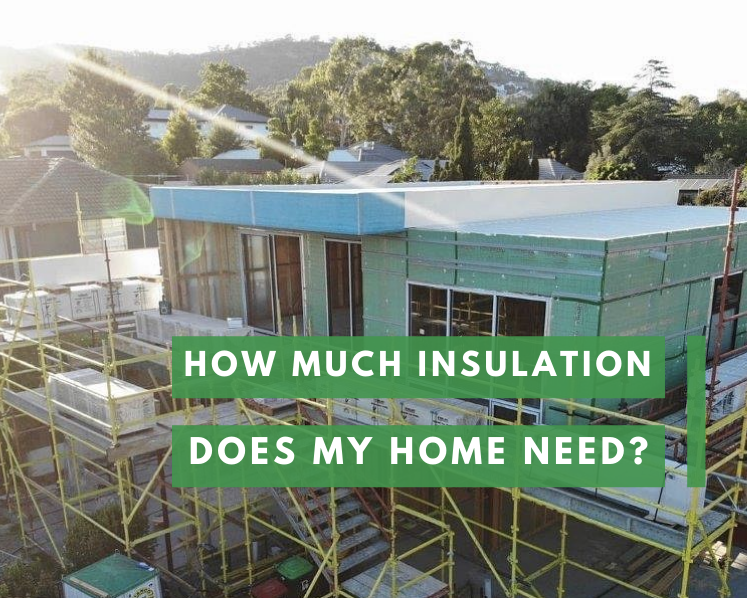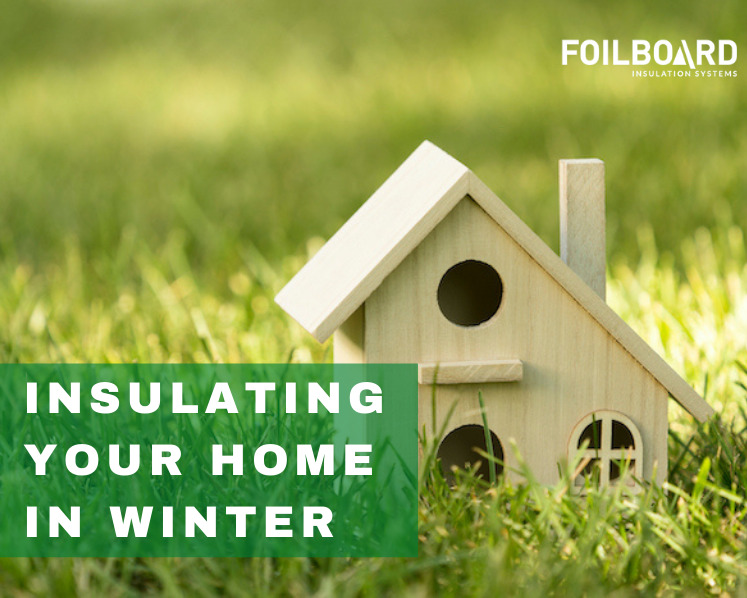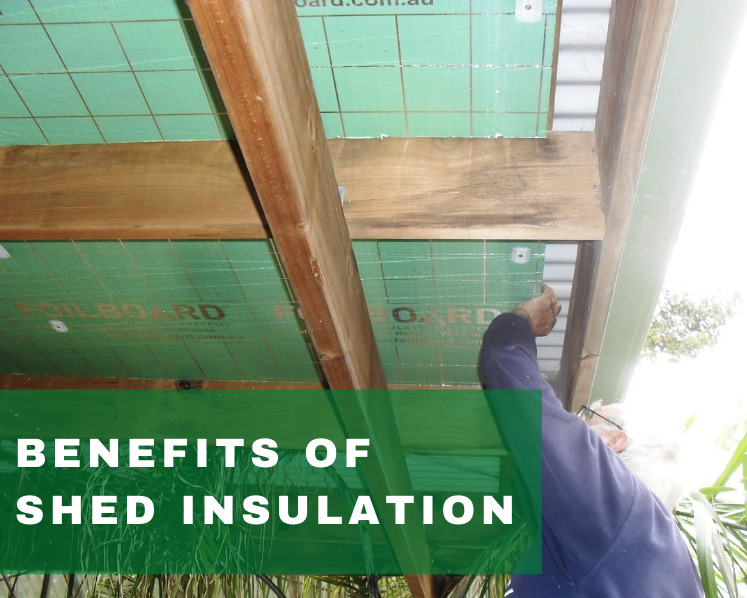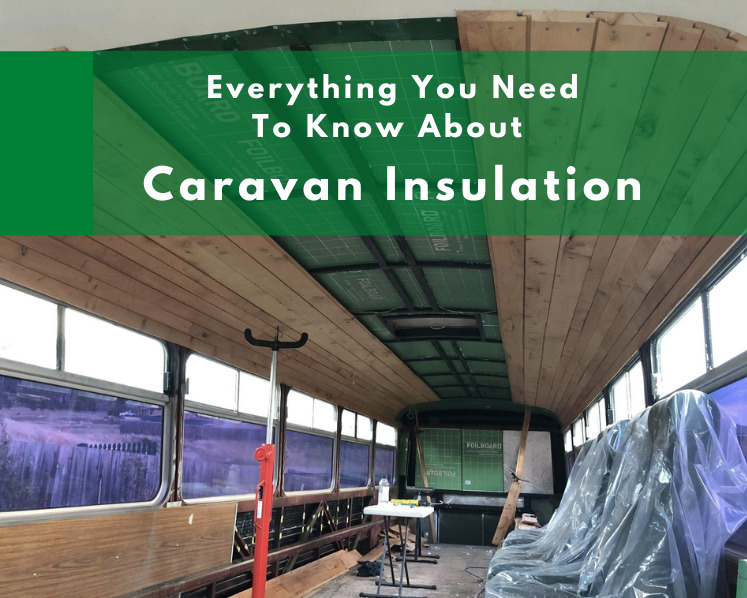
Insulation helps regulate the temperature inside a property. The benefits of insulation include a more energy efficient home, lower electricity bills, healthier occupants and greater thermal efficiency. Foilboard rigid insulation panels can be applied to a property to act as a barrier at the perimeter. You can use Foilboard panels for underfloor insulation, floor insulation, wall insulation or ceiling insulation. For a reliable, effective and long-lasting insulation product in Melbourne, browse the complete range offered by Foilboard.
Once your mind is set on rigid insulation panels, you will need to consider which type of panel suits and the quantity of panels. The purpose of insulation is to improve the thermal efficiency of the property. This means that insulation will keep the heat out of your home in the hotter summer months, and keep it in during the colder winter season. The way it does this is by minimising heat conduction, limiting its ability to flow from the external environment into your property and vice versa. You will need to choose panels with an appropriate R value and ensure no space is left uninsulated to maximise the value of your insulation installation.
Here are 5 tips to work out how much insulation your home needs.
1. Consider property and R value
It is important to assess your property so that you choose insulation panels with the most appropriate R value. R value measures the insulation sheet’s ability to resist heat flow. R values range from 1.5 to 7. The higher the number is, the more effective the insulation sheet is at increasing thermal efficiency and insulating your home. Some of the factor to consider include the location of the property, type of property, climate and environment, occupant’s comfort preference, Down R Value, Up R Value and the Total R Value.
2. Consider installation location
You will need to consider where you want to install the Foilboard rigid panels. They can be installed in the ceiling, floor, wall and/or garage. Insulating all aspects of the property will improve the thermal efficiency of the property. Foilboard can be cut into shape and placed perfectly into all spaces so that no void is left uninsulated.
3. Measure insulation space
Using a tape measure, pen and paper, measure the space where insulation is required. If the property is in frame stage, measure each shape between the joists. You will commonly have spaces between joists that form shapes such as squares, rectangles, triangles and trapeziums. These areas can easily be worked out with basic mathematics and a calculator. Once you have worked out the area of each shape, add them together and double check your calculations. We have a range of installation instructions that are available to viewed on our website or downloaded to your device.
4. Purchase extra insulation
Always purchase a few extra panels in case they are damaged during installation or your measurements are slightly below the required amount. If you are using panels with different R values for the ceiling, wall and floors, don’t forget to purchase a few additional spares of each type.
5. Purchase accessories and tools
To install Foilboard panels, make sure you have the right tools and accessories. You will need common stationery including a ruler, knife and Foilboard tape at a minimum. The uniquely developed Foilboard tape has been specifically designed to withstand high temperatures, ensuring a strong bond, creating a perfect seal for greater insulation performance.
Once you have determined how much insulation you need, visit one of Foilboard’s stockists to purchase your new insulation panels. Foilboard’s rigid panel technology offers complete insulation coverage to improve the energy efficiency of the property and increase the level of comfort for occupants. If you need assistance in making sure your home is insulated efficiently and effectively, please don’t hesitate to contact us on 1800 354 717 or email us at technical@foilboard.com.au.
Foil Insulation FAQs
Question: How much insulation should a house have?
Answer: The house should have enough insulation to cover the property’s envelope. This ideally includes insulation in the ceiling, walls and floor. By insulating the entire property, you will be able to better control internal temperature and lower electricity bills.
Question: Is it better to insulate inside or outside?
Answer: Insulating inside the property with Foilboard rigid panels is preferred. Foilboard panels are inserted between the exterior of the property and the internal walls, ceiling and flooring. They can be cut to shape and fit perfectly with special Foilboard tape.
Question: What is the best way to insulate an old house?
Answer: Older properties may not have insulation, or the insulation may be in a poor or deteriorated condition. It is important to replace the old insulation with new Foilboard rigid panels. Retrofitting an old property with new insulation will improve the thermal efficiency of the property. If you have speicifc property needs and unsure on the best methodology give us a call on 1800 354 717 or email us on technical@foilboard.com.au
Question: What is the most effective wall insulation?
Answer: The most effective wall insulation are rigid panels. Foilboard’s rigid panel insulation technology comprises an expanded polystyrene core with pure aluminium foil directly laminated to both sides, creating a superior insulant, thermal break and non-permeable moisture barrier.






